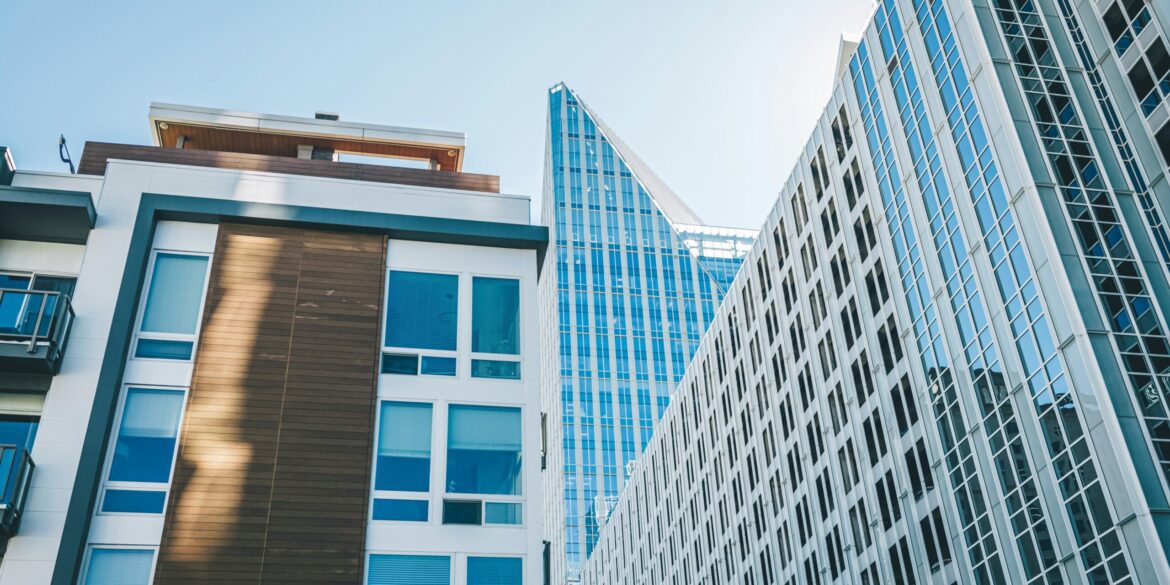In a major development that reflects shifting real estate trends in Southern California, investment firm CityView plans to convert an office campus in Irvine into a 422-unit residential community. The project—set at 19600 and 19700 Fairchild Road near the UCI Health hospital campus—will repurpose two mid-sized office buildings at the Newport Summit property. This adaptive reuse effort highlights a broader move away from traditional commercial office space in favor of housing, as urban planning and investment strategies evolve in response to a post-pandemic economy.
The office buildings, totaling approximately 111,500 square feet, were purchased by CityView earlier in the year for roughly $34.5 million. Once a typical business campus surrounded by surface parking and near key transport corridors, the site will soon be transformed into a high-density residential development that may also feature ground-floor retail. The conversion is emblematic of a new chapter in Southern California urban development, particularly in Orange County, where increasing office vacancies and a chronic housing shortage are prompting developers and city planners to rethink land use.
This particular project is located in a high-demand corridor adjacent to the UCI Health-Irvine medical campus and near the Jamboree Road business and retail area. The neighborhood is increasingly attracting residential investment due to its proximity to healthcare facilities, employment centers, retail offerings, and access to transit. The demand for housing, especially rental units near job centers, has been intensifying in the wake of California’s broader housing crisis, and Irvine, one of the fastest-growing cities in the region, has been under pressure to deliver more homes to meet state and regional mandates.
The decision by CityView to repurpose the office campus aligns with the city’s broader planning goals. Under its Regional Housing Needs Assessment (RHNA), Irvine is required to plan for more than 23,000 new homes by 2029. As buildable land becomes increasingly scarce and office vacancies remain elevated, adaptive reuse projects offer a practical solution for addressing both land-use efficiency and housing shortfalls. Rather than pursue new construction on undeveloped land—which often faces environmental, regulatory, and community hurdles—developers like CityView are finding opportunities in under-utilized commercial properties that are already equipped with infrastructure such as parking, access roads, and utilities.
The economic rationale behind such conversions is clear. In the post-COVID landscape, the traditional office market in suburban areas like Irvine has been fundamentally disrupted. Many companies have downsized or shifted to hybrid work models, leaving significant office space vacant. At the same time, rising housing costs, particularly in coastal and suburban California, have intensified calls for new residential development. By transforming vacant or under-performing office properties into housing, developers are capitalizing on shifting market dynamics while also contributing to urban revitalization.
From a regulatory and logistical perspective, the conversion from office to residential use is not without challenges. Zoning modifications, building code compliance, seismic retrofitting, and design changes must all be navigated carefully. Nonetheless, projects like CityView’s have gained support in city halls where officials are keen to address the housing crisis and revitalize commercial corridors that have suffered from stagnation. In Irvine, where master-planned development and infrastructure investment have long guided growth, such conversions represent a nuanced evolution of the city’s development model.
The project also reflects changing preferences among renters, especially younger professionals and families seeking proximity to work, education, and services. By delivering housing in established employment nodes, the project promises to reduce commuting times and support more sustainable, walkable communities. Additionally, integrating retail components into the ground floor can contribute to a more dynamic, mixed-use environment, enhancing livability and supporting local businesses.
CityView has not yet provided a specific timeline for construction or completion of the redevelopment, as the project still requires city approvals and potential public feedback. However, the announcement alone has garnered attention across Southern California’s real estate sector, with many viewing it as a bellwether for future development patterns in Orange County and beyond. As more developers assess the viability of similar conversions in response to persistent office vacancies and soaring housing demand, this model may become a central component of California’s housing strategy over the next decade.
More broadly, the Irvine project symbolizes a pivot in the regional real estate market. The office park, once a fixture of suburban economic development, is being reimagined to meet the urgent and evolving needs of today’s communities. The blending of residential and former commercial spaces suggests that adaptive reuse is not merely a stopgap solution, but a transformative approach that could reshape how cities respond to the dual pressures of a changing workplace and a deepening housing shortage.
As Southern California continues to grapple with the aftershocks of the pandemic, housing demand, and economic realignment, projects like the Newport Summit conversion may become increasingly common. These developments offer a glimpse into the future of urban planning—one where flexibility, density, and strategic reuse become essential tools for sustainable growth and community resilience.

